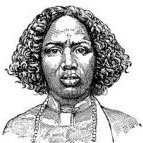Sign in to follow this
Followers
0

Can Tigray’s election serve as a beacon of Ethiopian democracy?
By
Deeq A., in
News - Wararka

By
Deeq A., in
News - Wararka